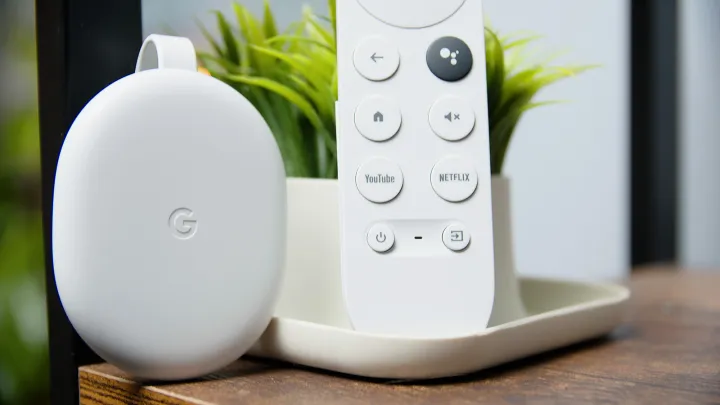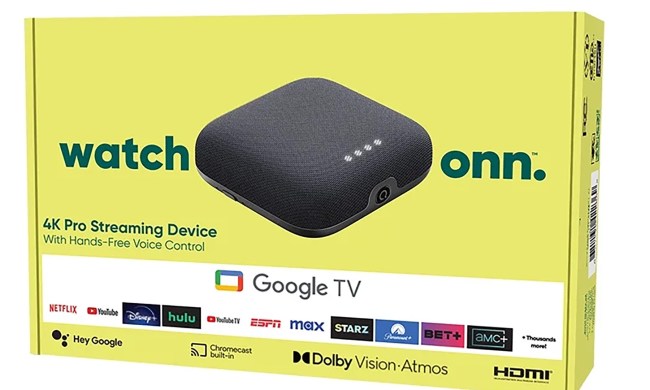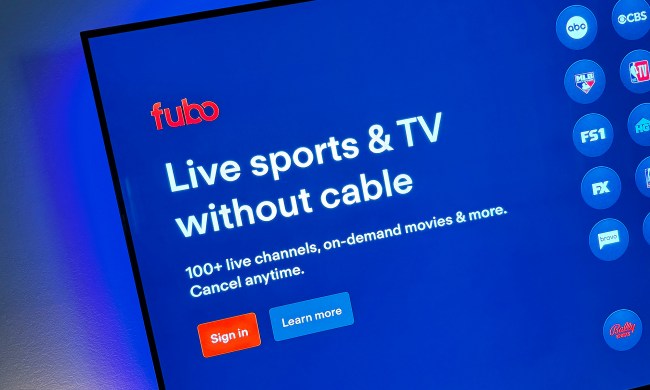Google, as had been rumored, today announced a newer, cheaper Chromecast with Google TV, and one that tops out at HD resolution and does not support better 4K UHD resolution.
The new $30 dongle looks and acts just like the $50 model, only this one is limited to 1080p and 60 frames per second. It still supports HDR, however, that’s limited to HDR10, HDR10+ and HLG, and it lacks Dolby Vision.

Otherwise, you’re looking at the exact same device we’ve been enjoying for a couple years now. Same remote. Same operating system. Same Google smarts.
The question, then, is why have a limited device like this when just about every new television sold today is going to have a 4K panel? The simplest answer is (as always) that it almost certainly comes down to money. Both Roku and Amazon Fire TV — the two biggest players in the TV dongle space — have more than one device that comes in at the sub-$50 price point. Google didn’t, until today.
But Roku gets you a 4K dongle for $40 in the . And while the retails at $50, it’s also not uncommon to see it drop below that price. All that said, it at least gets Google into the conversation. And it’s not like there aren’t any 1080p televisions out there. So this is a perfectly fine way to save $20 to make one of those sets a little better, or to augment a dumb TV in a spare room, perhaps.
It’s also available in just the single “Snow” off-white color. And to sweeten the deal, you’ll get six months free of Peacock Premium.



